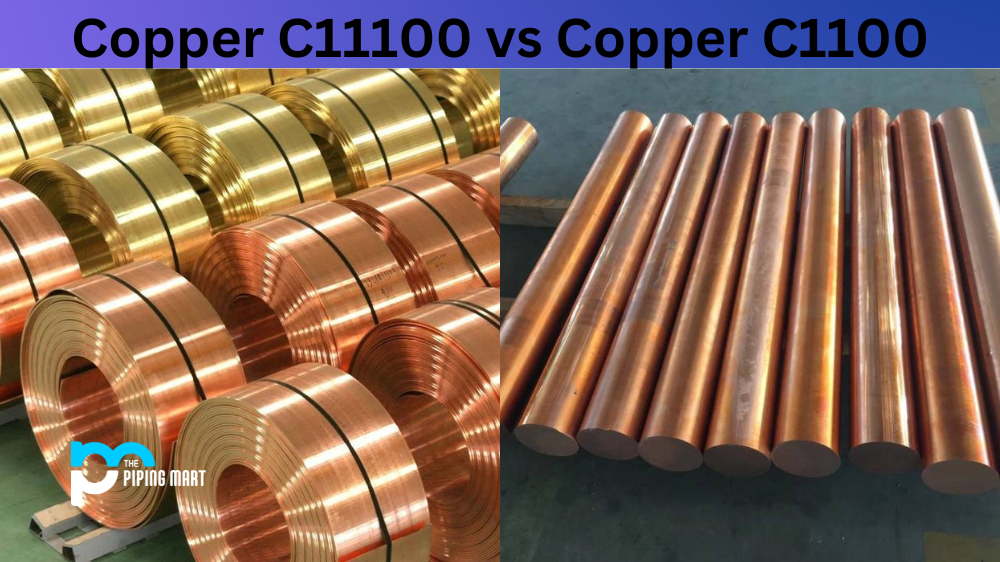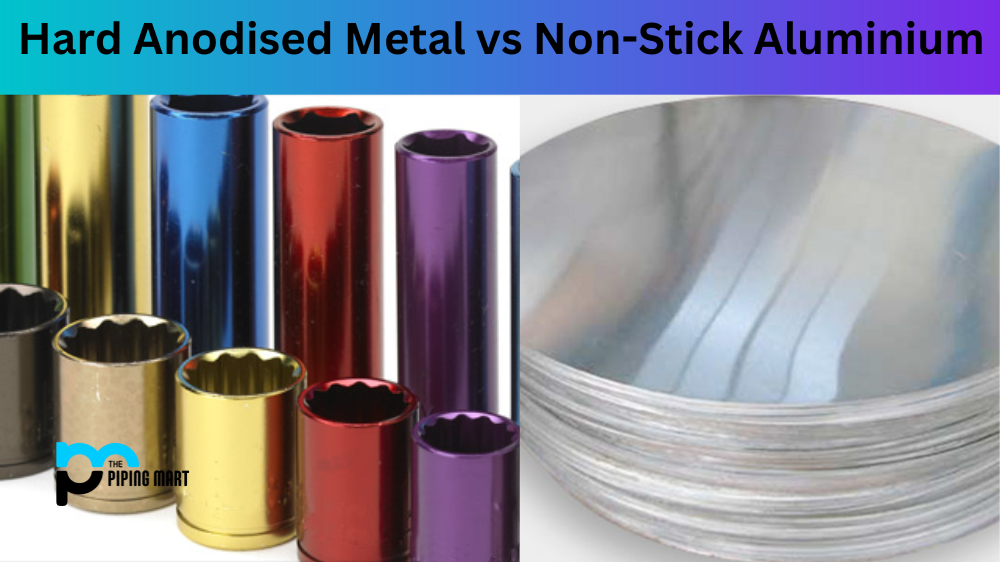Copper is one of the most used metals in the world due to its exceptional properties. It is known for its high electrical conductivity, excellent durability, and corrosion resistance. Copper has various grades, including copper C11100 and copper C1100. Both types of copper are commonly used in electrical and industrial applications. But what exactly are the differences between the two? This article will discuss the composition, physical and mechanical properties, uses, hardness, heat treatment, welding, and corrosion-resistant capabilities of copper C11100 and copper C1100.
Difference Between Copper C11100 and Copper C1100
Composition
The primary difference between copper C11100 and copper C1100 is the amount of phosphorus in the alloy. Copper C11100 contains 0.04% to 0.12% phosphorus, while copper C1100 contains no phosphorus. This difference in composition affects various properties of the alloys.
Physical Properties
Copper C11100 and copper C1100 have a similar density of around 8.9 g/cm3. Both of them have a high melting point of around 1083°C. Copper C11100 has a slightly higher electrical conductivity of around 101% IACS (International Annealed Copper Standard), while copper C1100 has an electrical conductivity of around 100% IACS. The thermal conductivity of both alloys is similar, but copper C11100 has a slightly higher coefficient of thermal expansion.
Mechanical Properties
Copper C11100 is known for its excellent cold workability, with a 34% reduction in area in the annealed condition. It has good machinability and is easy to form and bend. In contrast, copper C1100 has an annealed state with a 50% reduction in area and similar properties. Both alloys have excellent ductility, fatigue strength, and tensile strength.
Uses
Copper C11100 is typically used in electrical and electronic components, including connectors, switchgear, transistor leads, and components in automotive electrical systems. Copper C1100 is often used in heat exchangers, radiators, air conditioning evaporators and condensers. It is also used in electrical and electronic components, roofing, guttering, and flashing.
Hardness
Copper C11100 and copper C1100 are soft metals, making them easy to form and work with. They have similar Rockwell hardness values of around B40 and are unlikely to be used in applications that require high hardness values.
Heat Treatment
Both copper C11100 and copper C1100 can be annealed. However, copper C11100 usually requires a higher temperature anneal of around 700°C to 950°C, while copper C1100 can be annealed at temperatures as low as 450°C.
Welding
Both copper C11100 and copper C1100 have excellent weldability. They can be welded using various welding methods, including resistance welding, brazing, and soldering.
Corrosion Resistant
Copper C11100 has good corrosion resistance in most environments except those with ammonium hydroxide contamination. In comparison, copper C1100 has even better corrosion resistance, making it an ideal choice for applications in seawater and wet environments.
Conclusion
In conclusion, copper C11100 and copper C1100 are widely used in the electrical and industrial sectors. Copper C11100 contains phosphorus, while copper C1100 does not. Copper C11100 has slightly better electrical conductivity, while copper C1100 has better corrosion resistance. Both alloys have similar physical and mechanical properties and are easy to form, bend, and weld. Understanding the differences between copper C11100 and copper C1100 can help you choose the best alloy for your application.

Abhishek is a seasoned blogger and industry expert, sharing his insights and knowledge on various topics. With his research, Abhishek offers valuable insights and tips for professionals and enthusiasts. Follow him for expert advice on the latest trends and developments in the metal industry.




